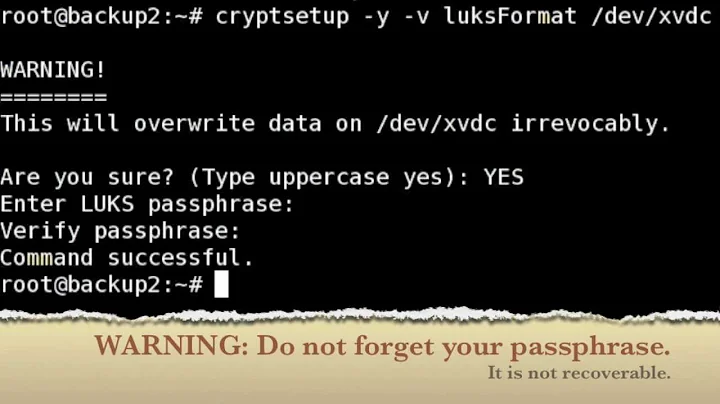What does `cryptsetup resize` do if LUKS doesn't store partition size?
It's about online resize.
For example if you use LVM, create a LV of 1G size, and put LUKS on that, it's like this:
# lvcreate -L1G -n test VG
# cryptsetup luksFormat /dev/mapper/VG-test
# cryptsetup luksOpen /dev/mapper/VG-test lukstest
# blockdev --getsize64 /dev/mapper/VG-test
1073741824
# blockdev --getsize64 /dev/mapper/lukstest
1071644672
So the LUKS device is about the same size as the VG-test device (1G minus 2MiB used by the LUKS header).
Now what happens when you make the LV larger?
# lvresize -L+1G /dev/mapper/VG-test
Size of logical volume VG/test changed from 1.00 GiB (16 extents) to 2.00 GiB (32 extents).
Logical volume test successfully resized.
# blockdev --getsize64 /dev/mapper/VG-test
2147483648
# blockdev --getsize64 /dev/mapper/lukstest
1071644672
The LV is 2G large now, but the LUKS device is still stuck at 1G, as that was the size it was originally opened with.
Once you luksClose and luksOpen, it would also be 2G — because LUKS does not store a size, it defaults to the device size at the time you open it. So close and open (or simply rebooting) would update the crypt mapping to the new device size. However, since you can only close a container after umounting/stopping everything inside of it, this is basically an offline resize.
But maybe you have a mounted filesystem on the LUKS, it's in use, and you don't want to umount it for the resize, and that's where cryptsetup resize comes in as an online resize operation.
# cryptsetup resize /dev/mapper/lukstest
# blockdev --getsize64 /dev/mapper/lukstest
2145386496
cryptsetup resize updates the active crypt mapping to the new device size, no umount required, and then you can follow it up with resize2fs or whatever to also grow the mounted filesystem itself online.
If you don't mind rebooting or remounting, you'll never need cryptsetup resize as it happens automatically offline. But if you want to do it online, that's the only way.
When shrinking (cryptsetup resize --size x), the resize is temporary. LUKS does not store device size, so next time you luksOpen, it will simply use the device size again. So shrinking sticks only if the backing device was also shrunk accordingly.
For a successful shrink you have to work backwards... growing is grow partition first, then LUKS, then filesystem... shrinking is shrink filesystem first, and partition last.
If the resize doesn't work, it's most likely due to the backing device not being resized, for example the kernel may refuse changes to the partition table while the drive is in use. Check with blockdev that all device layers have the sizes you expect them to have.
Related videos on Youtube
Tom Hale
Updated on September 18, 2022Comments
-
 Tom Hale almost 2 years
Tom Hale almost 2 yearsThe
LUKS/dm-crypt/cryptsetupFAQ page says:2.15 Can I resize a dm-crypt or LUKS partition?
Yes, you can, as neither dm-crypt nor LUKS stores partition size.
I'm befuzzled:
What is "resized" if no size information is stored?
How does a "resize" get remembered across open / closes of a encrypted volume?
-
the_velour_fog over 7 yearsI don't think cryptsetup or LUKS affect the partition table. On a LUKS encrypted container, the disk partitioning is still performed by a tool like
partedand stored in the partition table. I think the LUKS system is applied as a file format, i.e. you would partition the disk, then after that operation - which defines the partition size, then you would apply the LUKS file format, instead of say, ext4. So in short "resizing" just would not be applicable to LUKS. i.e. you wouldn't say Can I resize ext4? -
cylgalad over 7 years
man cryptsetup: "resize <name> Resizes an active mapping <name>. If --size (in sectors) is not specified, the size of the underlying block device is used. Note that this does not change the device geometry, it just changes how many sectors of the device are represented in the mapped device." -
 Tom Hale over 7 years@the_velour_fog
Tom Hale over 7 years@the_velour_fogresize2fsresizes an ext2/3/4 BLOB as these have a concept of the a last block, seetune2fs -l. -
 Tom Hale over 7 years@cylgalad So how does one remember that "resize" across mounts? I couldn't see a
Tom Hale over 7 years@cylgalad So how does one remember that "resize" across mounts? I couldn't see amountoption for this. -
 Tom Hale over 7 yearsI got my eyes checked: the
Tom Hale over 7 yearsI got my eyes checked: theopenaction has a--sizeargument.
-
frostschutz over 6 years@markling I thought it was clear enough, but here you go.
-
markling over 5 yearsYeah, it's a brilliant answer. I didn't know what I was talking about. I do now, however - now that I have read it again. Ah, I see - you edited it. Well I'm certainly wiser for it now. Thank you.
-
Mathieu J. about 3 yearscan you add a bit more information ? I did the resize2fs on my partiion, my lvdisplay and pvdisplay shows the shrinked size? How can I make the volume smaller now? as far as I understand here, cryptsetup only reports a size, but does not store or have a size? so I guess next step is to go a level higher. My volume is a VirtualBox .vdi image file. is there an extra layer between VBox and Luks? I don't know. Thanks
-
Mathieu J. about 3 yearssome small precision here, --getsize64 gives a size 512 times bigger than what you want to give to cryptsetup resize --size






